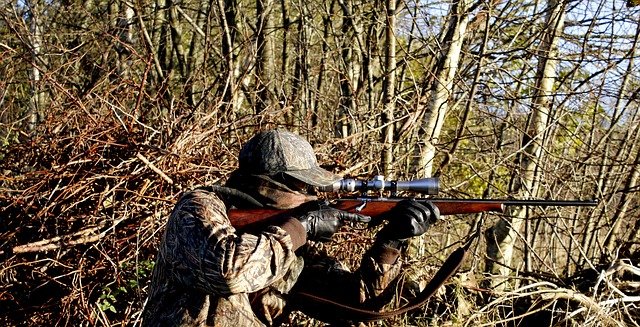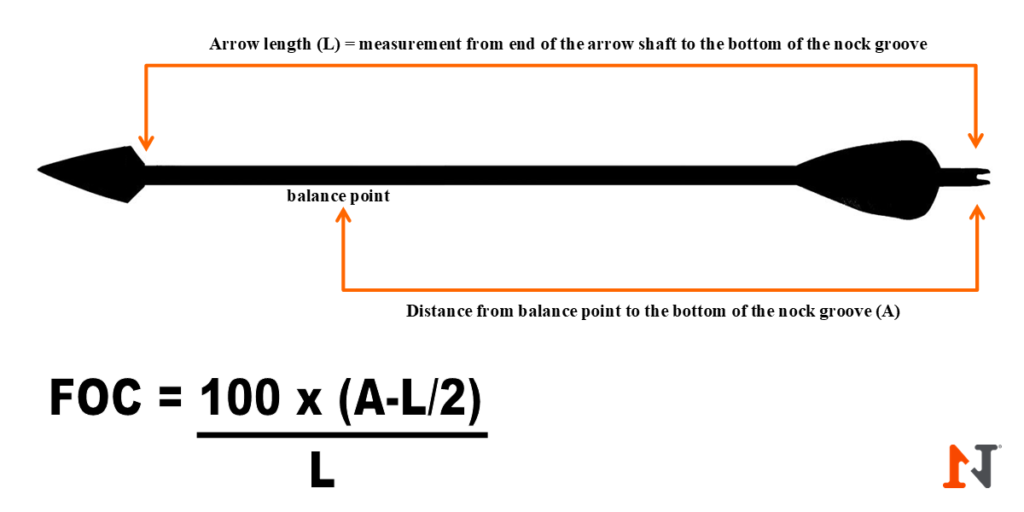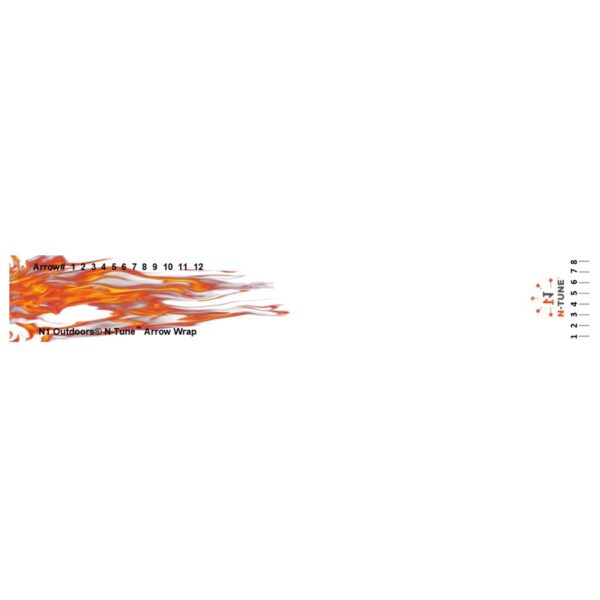Whether you just got your first rifle, grew tired of handguns at the range, or want to be a serious marksman, being able to shoot down-range takes a different skill set. Luckily, there are a few pointers that may help you take on the challenge of long-distance shooting.
Long-Range shooting tips to help you become a better shooter below!
Choose Your Rifle Optic Carefully
After the rifle, your biggest decision to make when it comes to long-range shooting is which optic to use. Some factors to consider are magnification, lens clarity, and parallax adjustment,
Whatever your decision, make sure to choose the best long-range optic for you. When you mount it on your scope, be sure to give yourself enough eye relief for the recoil.
Divide By Zero
Once you’ve picked your optic and mounted it properly, it’s important to zero your scope for the distance you’ll be shooting at. Hitting a long-distance target comes down to inches, so accuracy is key.

Zeroing your rifle at 300 yards will help you once drop and weather that affects the shot more heavily at distances of 500 yards.
Zeroing your optic will give you that accuracy and allow you to hit what you aim at consistently. A good range to zero for is 300 yards in the beginning, because it gives a better ground for long-distance situations without being affected by the drop and weather that 500 yards causes.
Check Your Posture and Breathe Easy
Your shooting stance can impact your shooting ability significantly, whether you fire prone or kneeling. One effective position was used by American snipers in Vietnam, in which you sit on the ground with one knee up and the other leg tucked underneath.
-
Sale!

N1 Outdoors® Just Pass’N Through™ Arrowhead Tee (Various)
$19.99 Select options This product has multiple variants. The options may be chosen on the product page -

N1 Outdoors® Tine Lines™ Whitetail Deer Antler Tee
Price range: $26.99 through $29.99 Select options This product has multiple variants. The options may be chosen on the product page -

N1 Outdoors® Word Cloud Tee (Heather Royal)
Price range: $22.99 through $28.99 Select options This product has multiple variants. The options may be chosen on the product page
Every shooter has a stance that works for them, so find one that you’re most comfortable with. Remember to keep the stock of your rifle tucked tightly into the meat of your shoulder.
Also keep in mind that there’s a main vein where your stock is, so controlled breathing is essential. For long shots, exhale, wait for your heart rate to slow, and remain still before squeezing the trigger.
Consistency In Shooting Is key
One of the biggest separations between shooters is commitment to a routine. Especially in the beginning, the transition to long-range shooting is hard work.

When shooting long distances, consistent practice is key, which helps to build muscle memory.
Mental toughness means practicing often and shooting in tight groups frequently. Muscle memory can help with breathing habits, trigger tension, and reloading.
Study and Learn
The longer the shot, the more factors will affect the bullet. Over a distance of 300-500 yards, you’ll experience bullet drop and wind.
If the target is moving, you might have to calculate your bullet’s time to target and adjust. The average shooter won’t deal as much with this, but hunters and snipers will.
As you continue to shoot longer distances, you’ll pick up tips that you take with you, like what grain of bullet has the best velocity for your needs.
Be Patient

The ability to be still is critical when shooting a rifle long distances. Individuals who hunt deer and other big game certainly know the importance of staying still and quiet.
When you take a long shot, your body needs to be still. For snipers and some hunters, the ability to be quiet and unmoving is one of the biggest assets.
Even for the average long-distance shooter, though, patience is important. Expert marksmanship takes time and practice, so don’t expect to master it overnight.
Experienced riflemen can take years to reach their level of shooting. Zero your optic, work on your routine, and continue to practice.
Keep Your Rifle “Safe”
One important aspect for long-distance shooting is your routine afterward. After you clean your weapon, what do you do?
You might need to wipe off the lenses of your scope and place the lens caps, but taking care of your rifle makes a difference. Dust or dirt can affect accuracy and rifling, so you should invest in a gun safe to keep your weapon clean and protected between shoots.
-

N1 Outdoors® N-Tune™ Patch Trucker Hat (Black, Gray & White)
$26.99 Select options This product has multiple variants. The options may be chosen on the product page -

N1 Outdoors® RodTogs™ Patch Trucker Hat (Kryptek Pontus & White)
$26.99 Select options This product has multiple variants. The options may be chosen on the product page -

Multicam Camo N1 Logo Leather Patch Hat
$26.99 Select options This product has multiple variants. The options may be chosen on the product page
Final thoughts on long range shooting tips
So, whether you are a novice or an expert marksman at long distances, these 6 tips should help you hone your craft at long-range shooting. Let’s review one more time:
- Choose the right long range optic
- Zero your rifle
- Practice proper posture and breathing
- Consistently practice your shooting routine
- Keep studying and learning
- Keep rifle clean and protected between shoots







































